Becoming an animal physiotherapist in Australia involves specific educational, certification, and practical requirements. The title “Physiotherapy” is a protected title in Australia, meaning only human physiotherapists are allowed to call themselves Physiotherapists. Here’s a general guide on how to pursue this career path:
1. Educational Requirements
- Undergraduate Degree: Start by obtaining a relevant undergraduate degree in Human Physiotherapy.
- Postgraduate Study: After an undergraduate degree in Human Physiotherapy, pursue postgraduate studies in animal or vet physiotherapy.
- One option is a Graduate Diploma or Master’s Degree in Animal Physiotherapy (or Veterinary Physiotherapy), available through specific universities such as the University of Liverpool in the UK.
- At this stage there are no formal certification programs available in Australia to become an Animal Physiotherapist. Other universities in the UK such as Harper Adams are offering 4 year undergraduate vet Physiotherapy degrees, and there are programs such as the University of Tennessee of Canine Rehab Institute (CRI) courses in Certified Canine Rehabilitation Therapy (CCRP), however these are not recognised in Australia as Physiotherapy, and you will be classed as a Canine Rehabilitation Therapist.
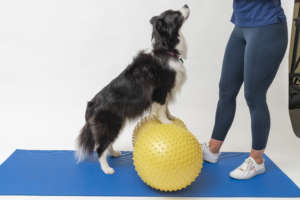 2. Professional Qualifications and Accreditation
2. Professional Qualifications and Accreditation
- Accreditation: In Australia, the animal physiotherapy field is self-regulated. This means there isn’t a formal governing body, but professionals seek accreditation to build credibility and ensure ethical standards.
- You may wish to join professional associations such as:
- Australian Physiotherapy Association (APA): If you have a human physiotherapy degree, you can register with the APA and may pursue APA’s “Animal Physiotherapy” special interest group. This group also gains you professional indemnity insurance essential to your field.
- Australian and New Zealand Animal and Veterinary Physiotherapy Association (ANZAVPA): This association offers ongoing CPD and networking opportunities for Australian and New Zealand Post graduate training Animal Physiotherapists.
3. Practical Experience
- Hands-on Experience: Gaining hands-on experience is essential for developing skills. Volunteer or intern with animal rehabilitation centers, veterinary clinics, or zoos to build a practical understanding.
- Mentorship: Working under an experienced animal physiotherapist is beneficial, as they can offer guidance and insights into handling various animals.
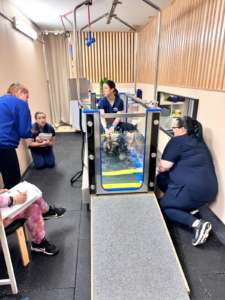 4. Continuing Professional Development (CPD)
4. Continuing Professional Development (CPD)
- Stay updated with developments in animal physiotherapy by attending workshops, seminars, and courses. Continuous education is vital in this evolving field.
5. Registration and Insurance
- You will also need to register as a practicing physiotherapist with AHPRA if your background is in human physiotherapy. Ensure you have professional indemnity insurance, as animal physiotherapy involves working closely with animals and their owners.
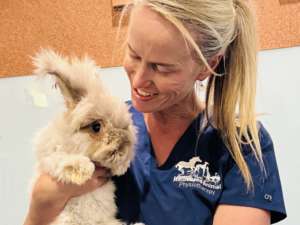 Skills and Qualities Needed
Skills and Qualities Needed
- Strong Knowledge of Animal Anatomy and Physiology: You should understand various species’ anatomy to diagnose and treat them effectively.
- Patience and Animal Handling Skills: Animals respond differently than human patients, requiring patience, adaptability, and excellent handling skills.
- Interpersonal Skills: You will often work with pet owners and other veterinary professionals, so good communication skills are essential.
Summary Pathway Example:
- Bachelor’s in Physiotherapy (4-5 years)
- Postgraduate Certificate/Diploma in Animal Physiotherapy (2-3 years)
- Accreditation (optional but recommended for credibility)
- Practical Training/Experience (ongoing)
Following these steps should prepare you for a career as an animal physiotherapist in Australia.
Date:
Author:Lauren Elliott
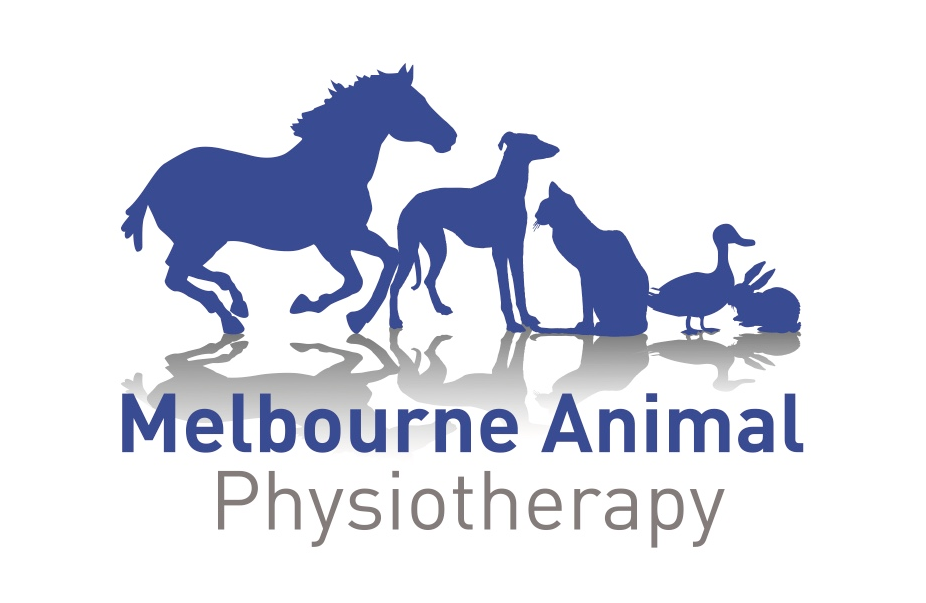
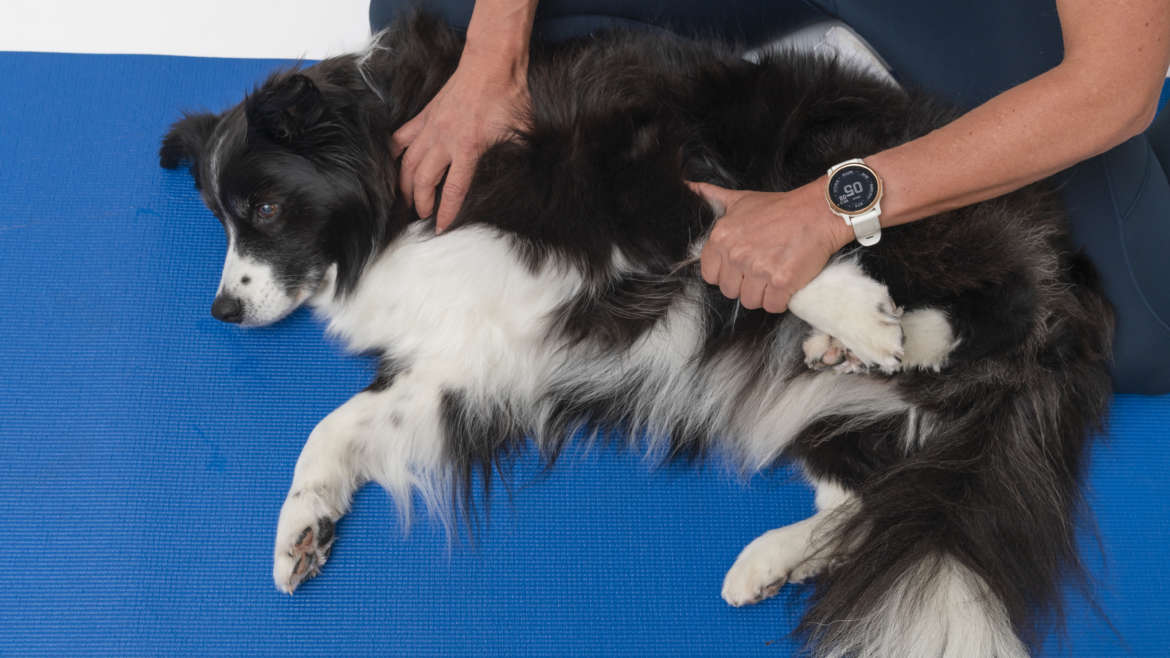
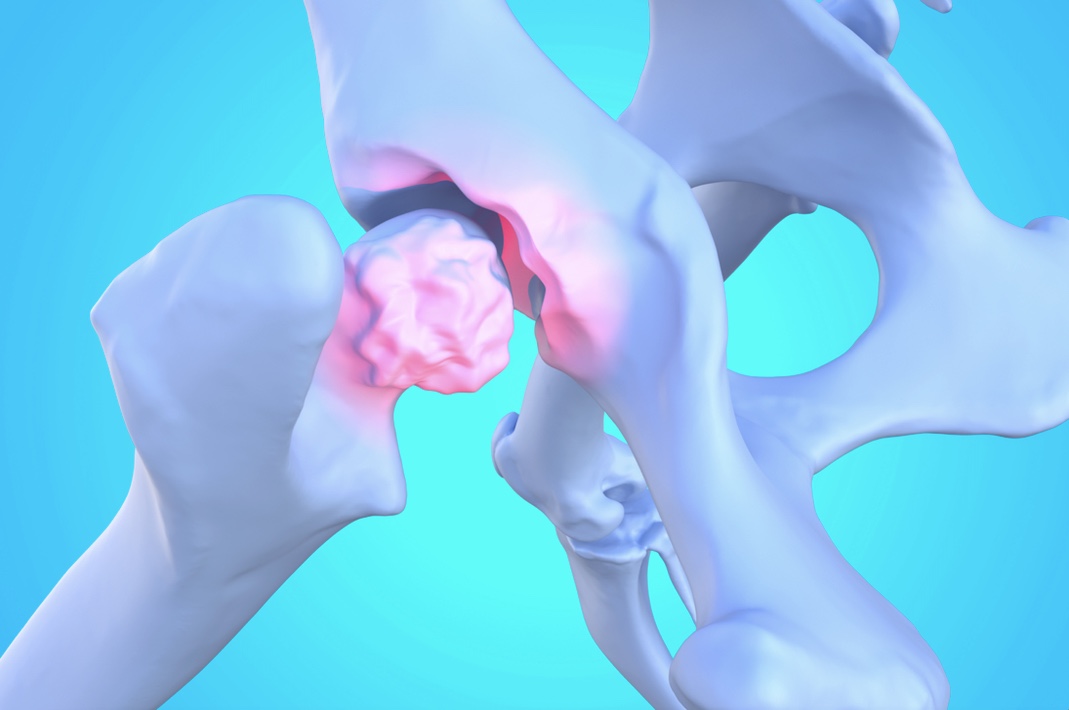
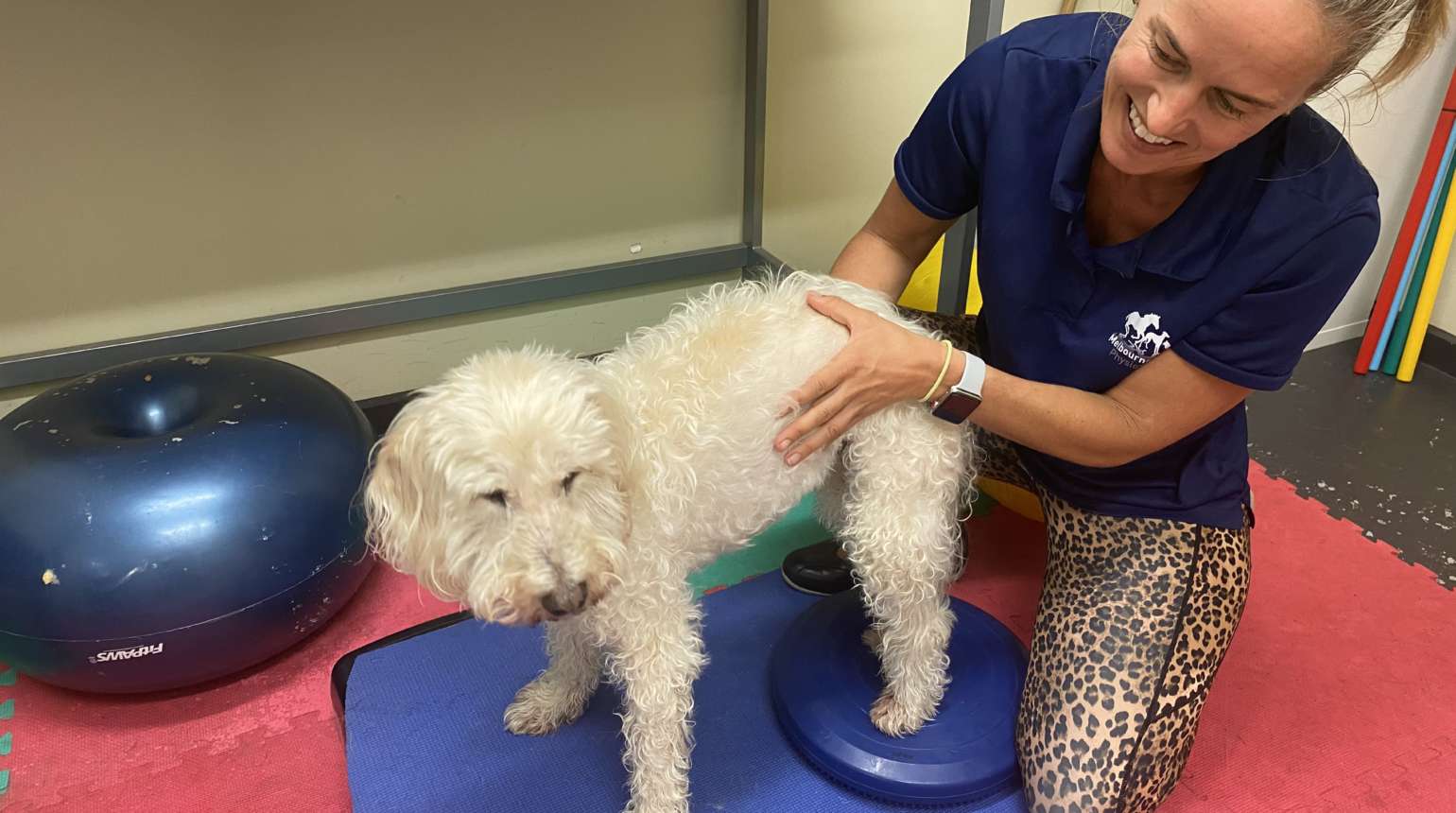
1 Comment
Beth George
This is very helpful! Thank you for sharing !